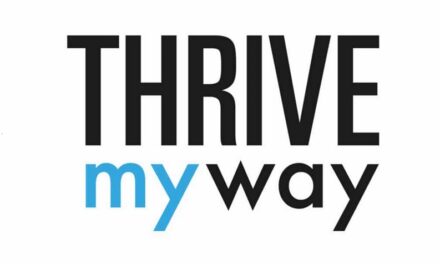“Content drives the digital experience,” says Peggy Chen, CMO of SDL. With digital experience at the heart of your relationship with customers, it’s more important to make sure your web content management system—the platform at the heart of your DX—is up to the task. We asked Chen about some of the common pain points that WCM customers encounter, what the consequences of a sub-par WCM are, and how to address the problem.
Q: What are some of the common pain points WCM customers complain about??
A: There are three pain points in particular that are most common for WCM customers.
Customers struggle with delivering great digital experiences. Executing WCM systems requires heavy and labor intensive on-premises deployments. If there is a lack of interoperability with the rest of their martech systems, companies will experience poor operations and disjointed experiences. Old-school systems also create inconsistent web/mobile experiences.
The other most common pain point we see is wasted time and resources. Organizations today sit on a mountain of valuable internal data that is hardly ever touched. In fact, data professionals on average waste 14 hours per week sifting through content trying to find what they need rather than?actually deriving?value from any of it.?Another 10 hours are lost on the duplication of efforts – building information assets that already exist. When compounded, companies lose three full days of work due to poor WCM platforms.??
Customers also struggle with maintaining smooth operations. Simply keeping up with the tremendous number of systems, one-off and legacy implementations is a great challenge. Customers who serve markets in multiple countries and work with distributed teams often face content silos and disparate WCM systems. Integrating these processes and technologies then requires massive amounts of time.
Q: What consequences can?using?the wrong WCM system have??
A: The three key consequences of using the wrong WCM system are creating inconsistent content due to duplication; slower TTM, resulting in outdated content; lack of customer engagement (i.e. loss of visitors / business) because of lack of adoption of modern delivery technologies.
The world is changing, fast. According to?Gallup, only 25% of millennials are emotionally and psychologically attached to a brand, product, or category. And for Gen Z, who don’t remember the world without internet, only 30% see loyalty programs as a positive thing. With such low levels of engagement and loyalty, brands must take special care to ensure consistent experiences are continuous otherwise they’ll lose the people that matter the most.?
Q: If someone has a WCM system that doesn’t quite meet their needs do they always have to scrap their system and start over??
A: The best way for customers to decide the best plan moving forward is to identify existing gaps, and see if another vendor/partner solution can fill that gap (at what time and cost) or if they can custom build to fill the gaps. Compare that to bringing in a solution that addresses all requirements and enables them to evolve to a better content operating model.
That said, eventually old systems and implementations do need to be phased out. No company can just scrap their WCM system since it’s a critical business tool that must stay operational, even when the results are poor. They can work in parallel to it, though on a better implementation of the same system (because sometimes that’s the real issue), or a new system if the old one lacks capabilities that the business requires.
Q: What questions should someone in the market to buy a new WCM system be asking vendors? ?
A: Content drives the digital experience, so a?business’ focus should be engaging and converting customers. Questions to ask: How will the system ensure a?consistent?customer experience? Does this platform ensure localization to each and every user? How will this service present the most relevant content to users???
Companies must also account for natural business growth and external factors. With that in mind, it is important to ask: Will this system scale with the company’s growing needs? Will it be able to meet the speed and volume of future content requirements both locally and globally? Will the system ensure company content is complying with the most stringent security requirements and regulations??
Once you have these pieces, you?can develop a?global content strategy with the?appropriate?WCM system to?build?an effective and optimized operating model, scaling content operations from a people, process, and technology perspective to improve customer engagement.






